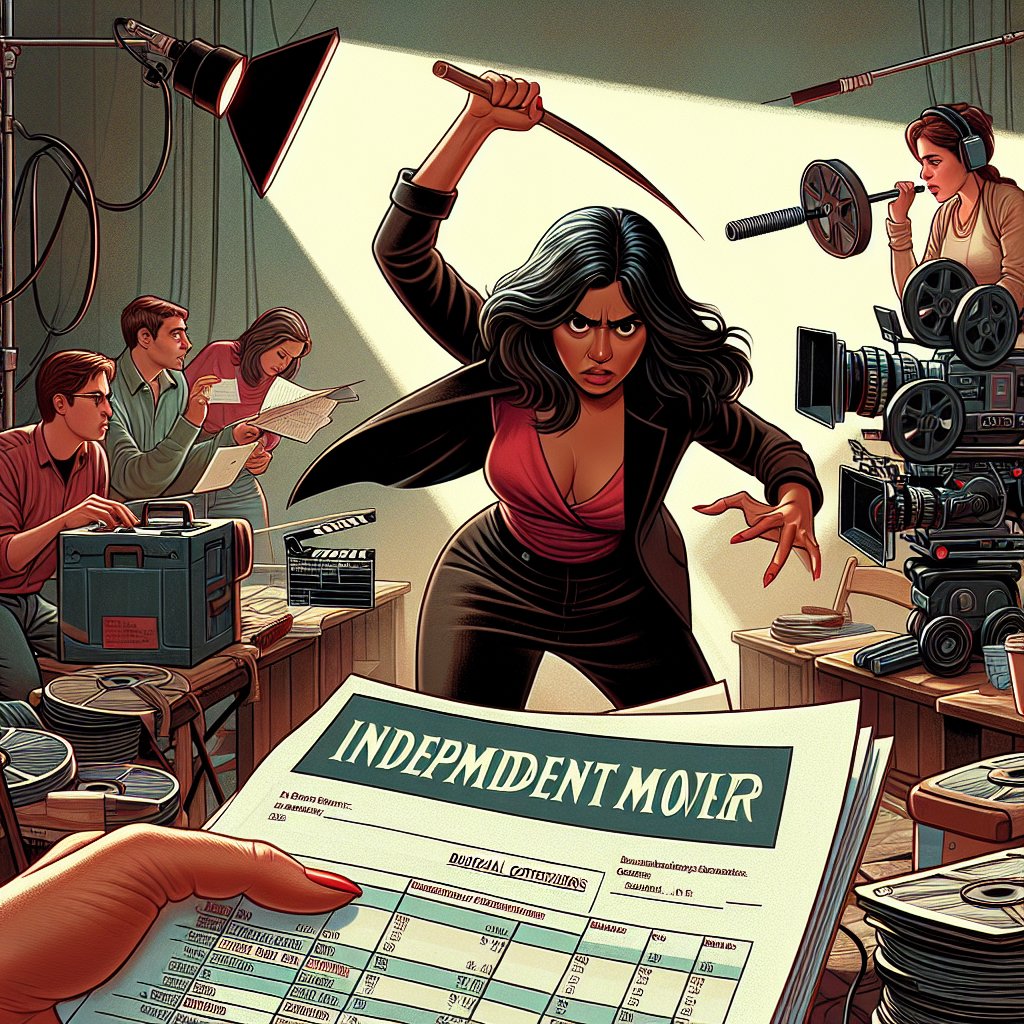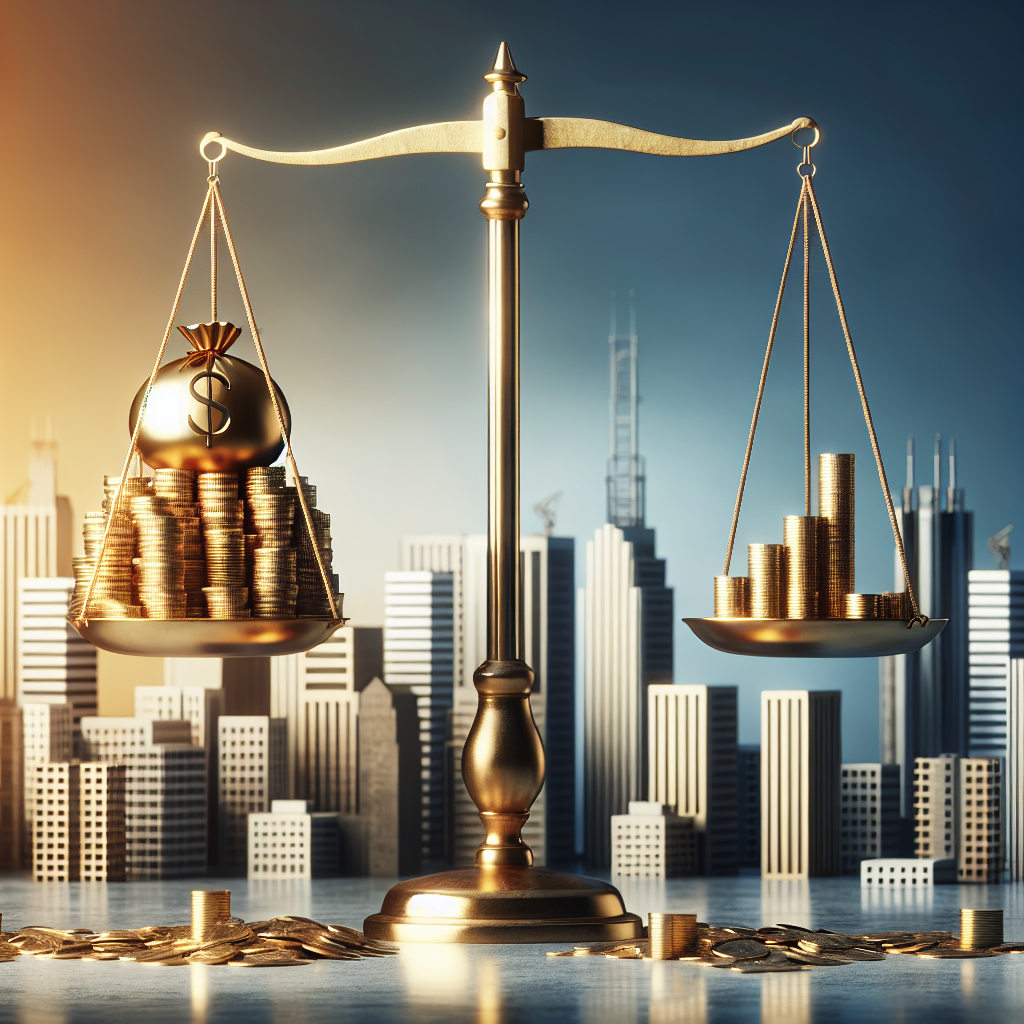Documents obtained exclusively show an astounding shift in the entertainment landscape – our beloved B-town isn’t immune to society’s widening wealth gap. Economic inequality has reached a point where its effects are seeping into every nook and cranny of our culture, even playing out on silver screens and stage curtains.
In this comprehensive overview, we explore these shifting dynamics not just as statistics on paper but real phenomena altering one of our most cherished escapes – entertainment.
Industry Overview
The big-budget blockbusters, lavish premiers, all seem to mirror not only artistic excellence but also a stark reflection of growing economic disparities plaguing societies worldwide. Behind the glitz hides the grim reality; an expanding dichotomy between those who own these mega-production houses versus those struggling to get their first big break.

Current Trends
Mega-blockbuster franchises are becoming fewer with more capital concentrated into them resulting in high-risk-high-return game. Simultaneously indie-art house cinema fighting against constraints exhibits raw perspectives often ignored by mainstream media.
Key Players
Giant corporations like Disney continue to strengthen their hold while independent directors, actors fight every day for recognition amidst significant obstacles posed by lack of resources and platforms.
Creative Process
The power disparity influences what stories get told —fewer voices mean lesser diversity in narratives risking loss of culturally significant storylines replaced by ones appealing broader audience for larger revenues.
Market Dynamics
The concentration of wealth in few hands leads to an influx of finance into extravagant sets and star-packed casts while leaving a multitude of talents unnoticed, starving for opportunities.
Audience Response
The explosion of demand for alternative streaming platforms indicates audiences’ yearning for diverse, authentic storytelling often overlooked by traditional cinemas.
Industry Challenges
Filling the finance vacuum becomes the main hindrance to more egalitarian representation in entertainment. How do we strike a balance between commercial returns and democratic creativity?
Future Directions
The solution could be a more peer-to-peer driven industry model powered by technology where artists can deliver content directly without major corporate backing but relies heavily on public’s investment to value art beyond box-office numbers. Such democratization will encourage risk-taking and unique narratives.
Cultural Impact
Economic inequality is not just reshaping our industry but also molding our cultural tastes and preferences – making us consumers in an ‘assembly-line’ produced culture rather than critical thinkers with varied perspectives.What’s Next? We must confront this creative crisis head-on or risk losing diversity that makes entertainment so compelling. It demands innovative economic models that propagate equality, diversity providing space for fresh voices to flourish irrespective of their socio-economic standpoints.

